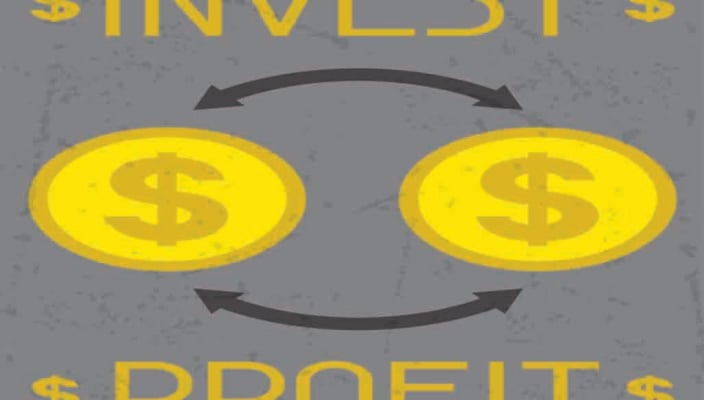How to develop a sound business case for ePOD technology investment
Aug 19, 2014 • Features • Software & Apps • fleet technology • DA Systems • investment • Software and Apps
DA Systems' David Upton looks at how we must try to change the perception of technology costs from an expense to be justified to a necessary investment when approaching the board...
Recent research undertaken to understand attitudes towards investing in technology highlighted a generic problem within the transport and logistics industry. Companies all appreciate the benefits mobile technology can bring, yet they are not succeeding in securing the necessary investment required from business leadership. Why? Because technological investment is seen as an expense to be justified rather than an investment in reducing costs and generating more profits.
It was a problem for 80% of survey respondents, 88% of whom said that they wanted to introduce new mobile technology, but faced budget restrictions.
This suggests a further underlying issue because it means that they are not developing a compelling enough business case to address the return on investments to be expected. If they were, the funds would be flowing more freely. Most business cases centre on increasing revenue.
Obviously there is a revenue element to consider, but the primary advantage of mobile technology is that it increases the likelihood of a parcel being delivered first time around – which minimises some of the largest costs associated with business operations. This article explains how to develop a business case for technological investment and prioritises the benefits.
In the case of investing in mobile technology to provide customers with an estimated time of delivery to reduce the cost of failed deliveries, building a compelling business case should be relatively straightforward. The overall impetus should be cost reduction, with a focal point of preventing the cost of a missed first time delivery. This is estimated in the region of £23 per drop and causes a very significant erosion to profit margins when it isn’t achieved.
On average, 15% of deliveries fail on the first attempt because the customer was not aware of the delivery time
Optimising a delivery round to take the most economical route means saving on fuel, mileage time and being able to do more drops per vehicle. In turn this means a reduction in the number of drivers and vehicles, which again saves money. So taking all these factors into consideration, the emphasis in a business case should be on technology, which is self-financing, with payback achieved within the first year of investment at the latest.
Taking DPD as a good example of how costs can be reduced and revenues increased as a result of technological improvements, they have grown sales by over £100 million as a result of implementing ETA messaging. Of course enhancing customer interaction is an important factor, but the real benefit is derived from getting deliveries right first time and reducing the cost base.
If 15% of operational costs can be saved by getting deliveries right first time, achieving better optimisation of delivery routes and requiring fewer journeys means fewer drivers are required. And courier productivity levels can be further increased by using route optimisation software, which in turn can reduce the number of miles to be driven by 10%.
For a large delivery company with a £16 million fuel bill, this creates the potential to save up to £1.6 million on fuel costs. Given their profit margin is roughly 10%, this creates a net increase to the total bottom line of 10%, a huge bonus.
To quote another delivery company example, after it implemented route optimisation, fleet mileage was cut by 17% and overall fleet size was reduced by 7%. This is the type of rationale that needs to be used in a business case for technological investment, going beyond customer and branding benefits to deliver hard cost savings and potential for greater profits.
So far we have outlined just a few of the solid cost saving justifications to be included in a business case for investing in new technology and there are many more, ranging from improved communication with call centre staff and traffic management options, to reduced fuel consumption.
When developing a business case, delivery companies need to be clear about the tangible benefits and turn the way they approach investing in technology around. Think of it as less of ‘an expenditure to be justified’ and more as a way to make greater profits with immediate payback.




















 Field Service News is published by 1927 Media Ltd, an independent publisher whose sole focus is on the field service sector. As such our entire resources are focused on helping drive the field service sector forwards and aiming to best serve our industry through honest, incisive and innovative media coverage of the global field service sector.
Field Service News is published by 1927 Media Ltd, an independent publisher whose sole focus is on the field service sector. As such our entire resources are focused on helping drive the field service sector forwards and aiming to best serve our industry through honest, incisive and innovative media coverage of the global field service sector.
Leave a Reply